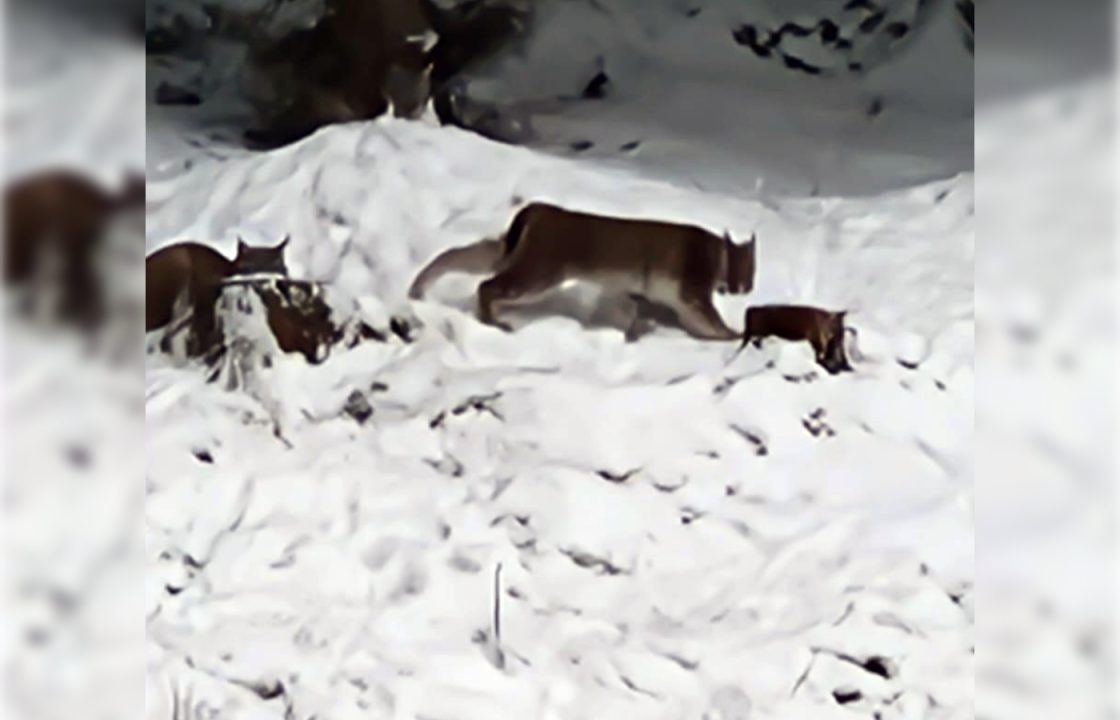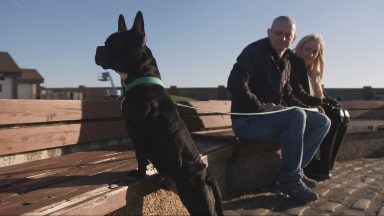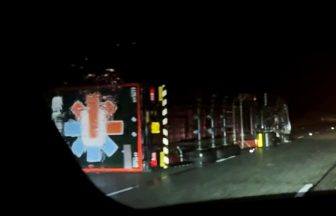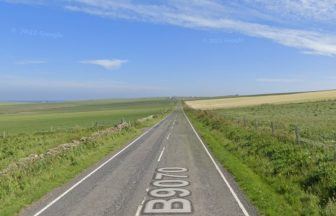Two lynx on the loose in the Highlands have been captured, with their release into the wild branded “reckless”.
Officers received reports of two big cat sightings in the Drumguish area near Kingussie at around 4.20pm on Wednesday.
Police asked members of the public not to approach the lynx or go to the area where they were seen as specially trained staff from the Highland Wildlife Park assisted in efforts to trace the animals.
On Thursday, the Royal Zoological Society of Scotland (RZSS) said it had successfully captured them.
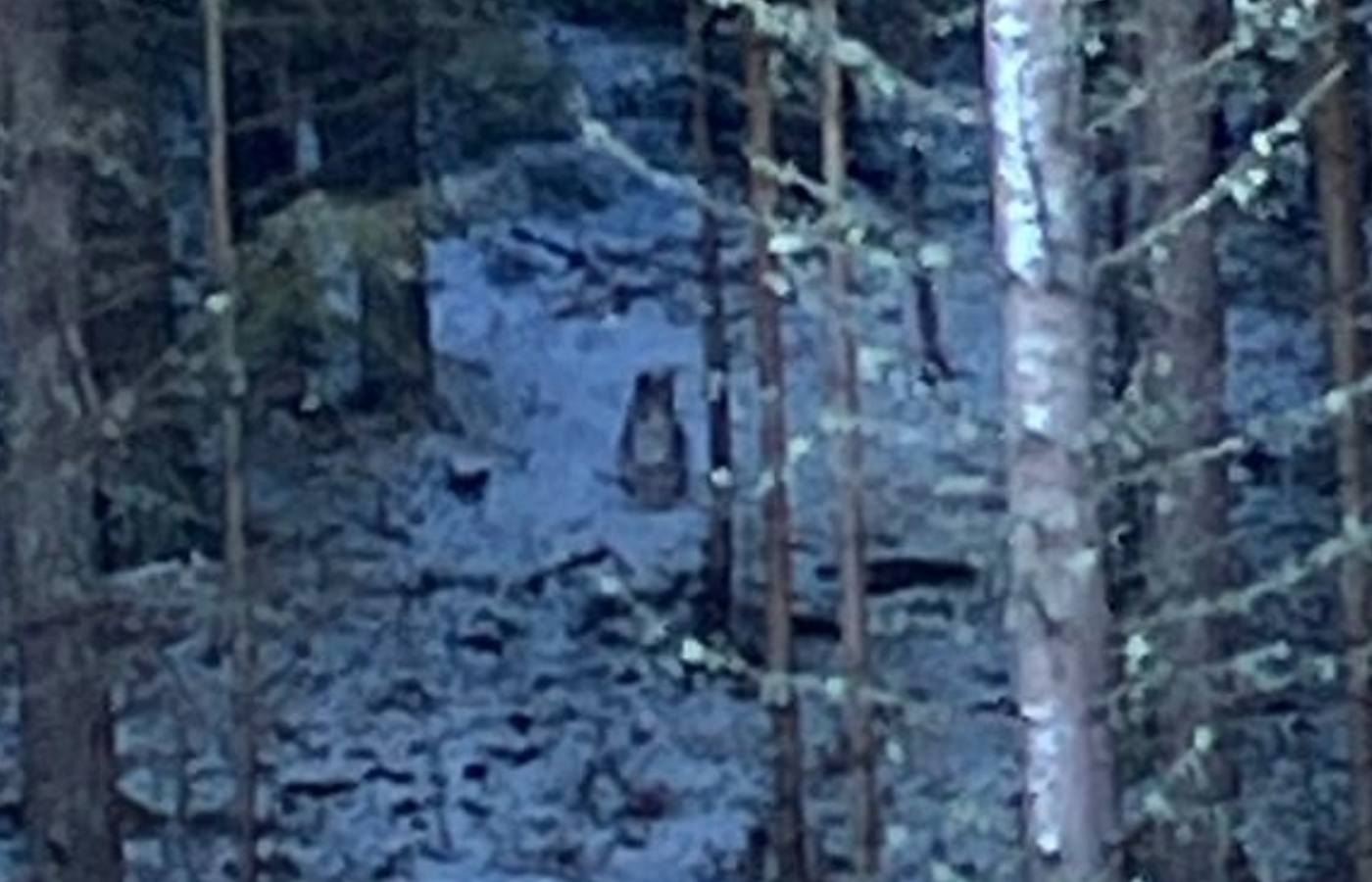 Supplied
Supplied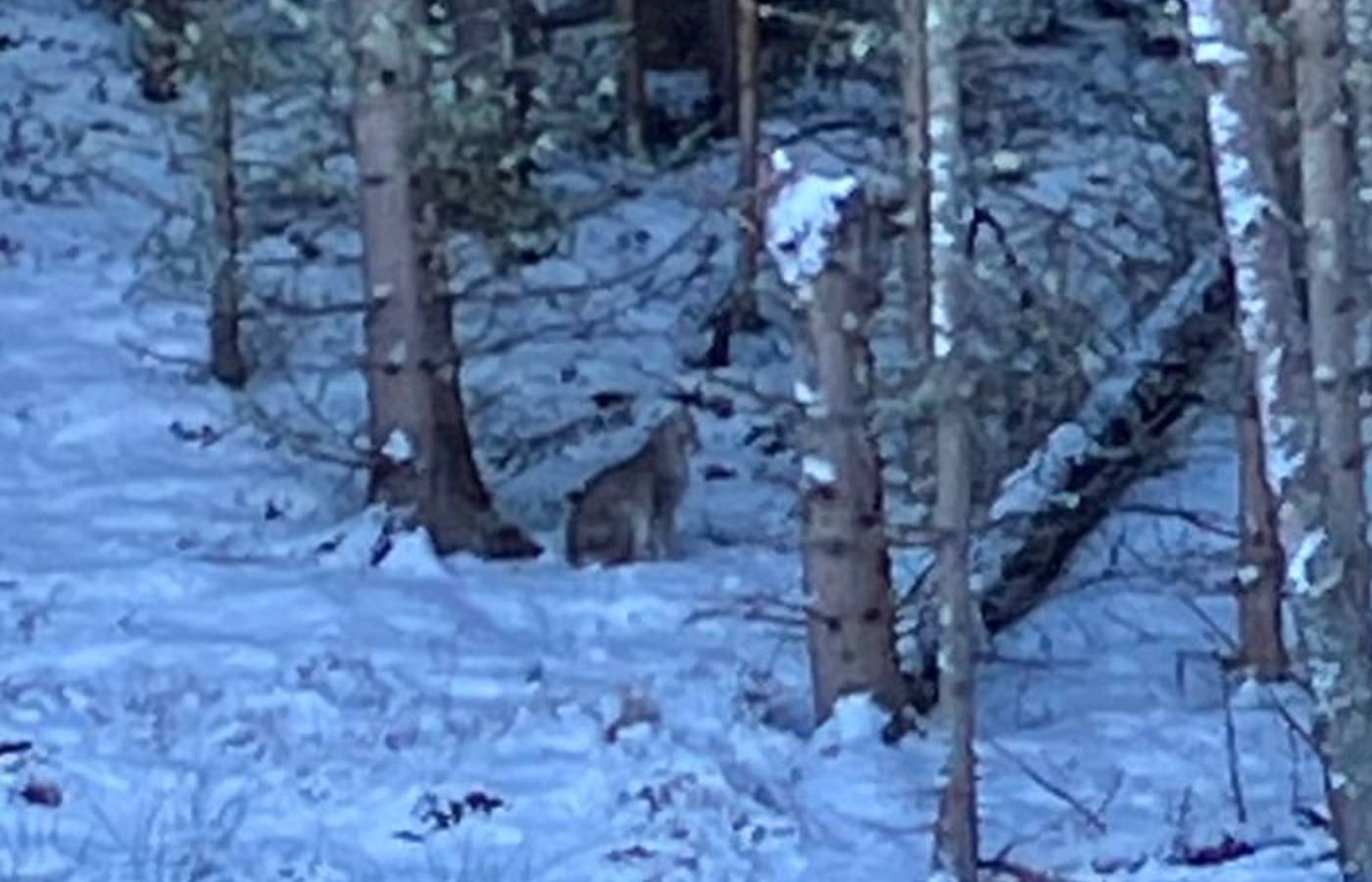 Supplied
SuppliedThe wildlife conservation charity humanely trapped the cats overnight and they are now being cared for in quarantine facilities at Highland Wildlife Park before being transferred to Edinburgh Zoo.
The charity said the release of them into the wild was “reckless” and it is likely they would have died.
David Barclay, manager of the RZSS Saving Wildcats team, said: “We set live trail cameras near baited traps and it was a long night for our specialist keepers who were taking turns to monitor any activity.
“It was amazing to see the lynx being captured safely and humanely, which makes the lack of sleep more than worth it.
“Biosecurity laws mean the cats need to spend 30 days in suitable quarantine facilities, so we will transfer them from Highland Wildlife Park to Edinburgh Zoo, where we will further assess their health and welfare.
“Long-term, they may return to Highland Wildlife Park, which is near where they were trapped, though it is too early to say for certain.”
RZSS chief executive David Field said: “We condemn the illegal release of these lynx in the strongest possible terms.
“It was a highly irresponsible act and it is very unlikely they would have survived in the wild due to a lack of adequate preparation.
“Their abandonment was reckless to the animals, public the community and nature.
“For now, we have named them ‘The KillieHuntly Two’ and thankfully they appear to be in good health.
“We are extremely grateful to all the residents, estates, farmers and conservation partners locally that provided information to us and the police.
“The team were ably assisted by Wildland staff on the ground and close working between all parties allowed for a swift and positive resolution in this case.
“We are appealing for anyone with information on how they came to be in the area to contact Police Scotland.”
A spokesperson for Police Scotland said: “Following reports of lynx being seen near to Kingussie on Wednesday, January 8 both animals have been safely captured.
“They are being transported to Edinburgh to be checked over by the Royal Zoological Society of Scotland.
2Enquiries are continuing to establish the full circumstances.”
What is a lynx and do they attack humans?
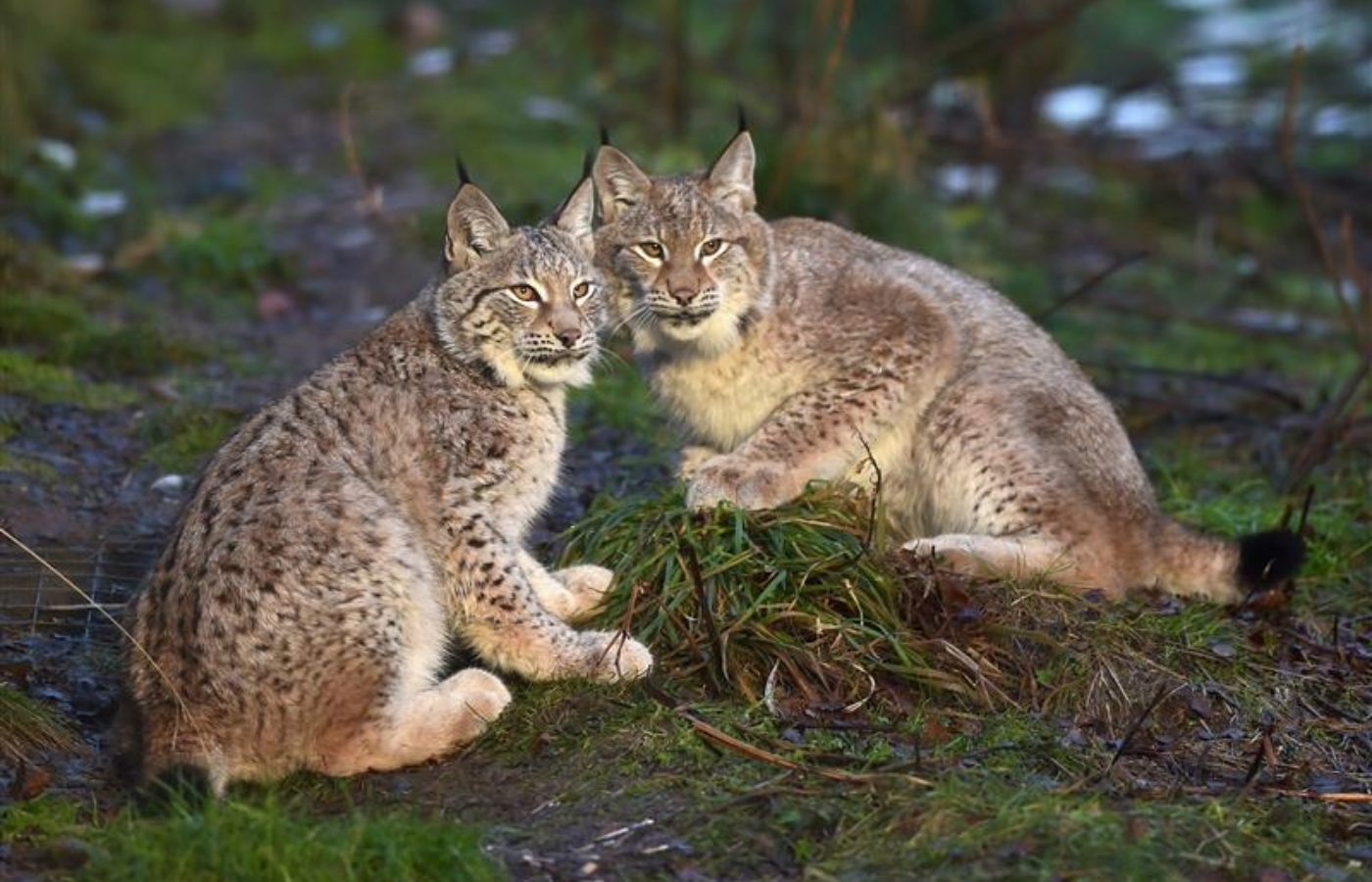 Getty Images
Getty ImagesA lynx is a type of wildcat that lives and hunts in forests all over North America, Europe, and Asia.
There are no wild lynx living in Scotland, although there has been debate about whether they should be reintroduced.
Lynx are bigger than house cats, but they’re not massive like lions or tigers and are more similar in size to labrador dogs.
The animals survive on a range of small animals like rodents and hares.
There are four different species of lynx: Eurasian and Iberian lynxes live in Europe and Asia, and bobcats and Canadian lynx live in North America.
The Iberian lynx is generally the largest species, followed closely by the Canada lynx
Two of their most distinctive features are the dark, pointed tufts of hair on their ears and their short, stubby tails, which are generally 10-20 centimetres.
According to the International Fund for Animal Welfare, lynx typically ignore humans but could attack in self-defence if they feel threatened.
Follow STV News on WhatsApp
Scan the QR code on your mobile device for all the latest news from around the country


